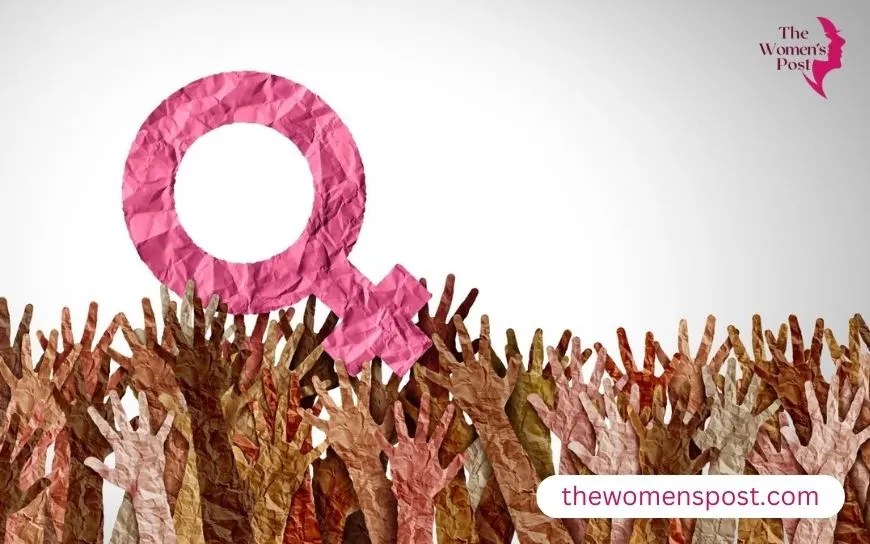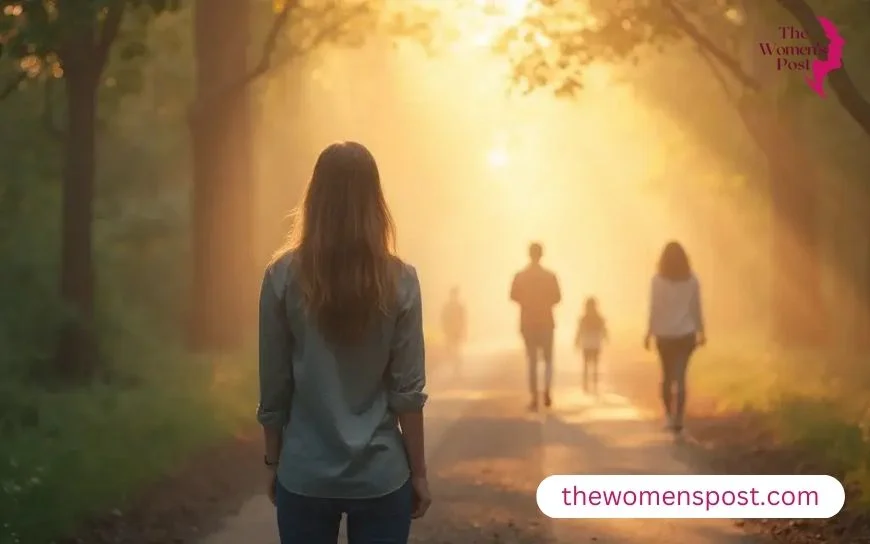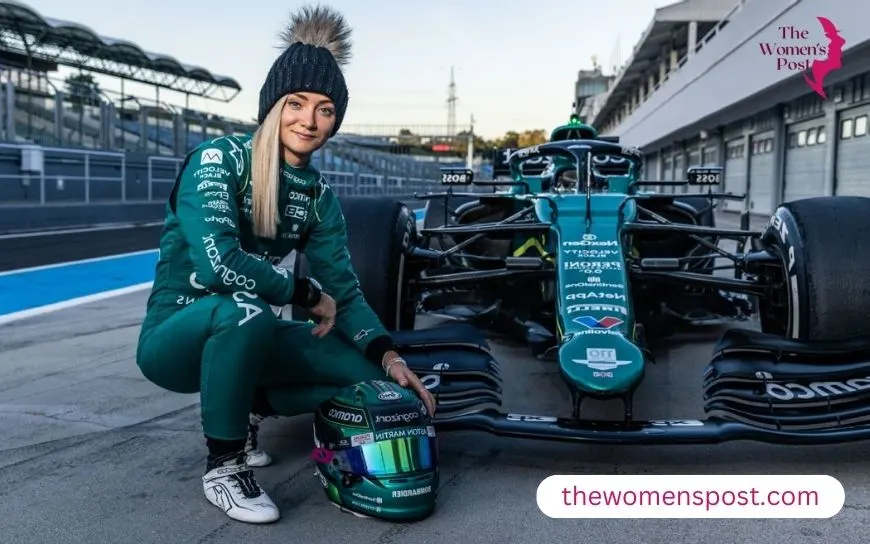Female Muralists Revitalizing Urban Landscape
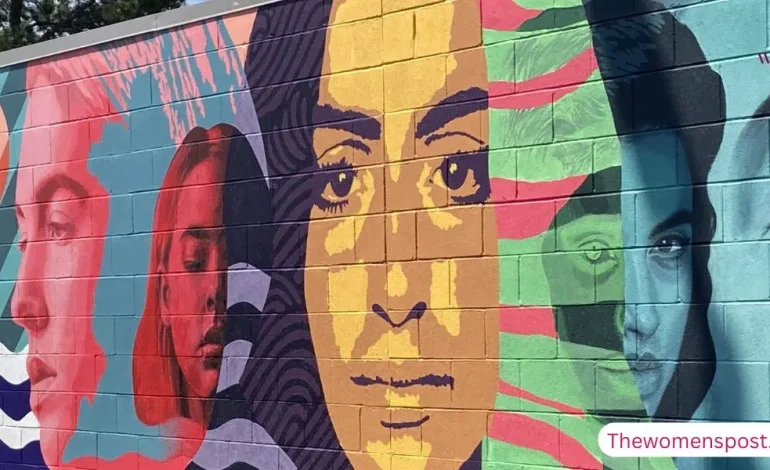
Imagine a drab city wall, chipped and abandoned, now teeming with color and fierce narratives. That’s what female muralists do for urban landscapes. Women street painters in urban landscapes take up sprays and brushes to transform dull concrete into bright messages of hope, empowerment, and transformation. On bustling streets from Delhi to Denver, their work is not merely decorating—remapping the way people perceive their neighborhoods, highlighting the influence of female muralists on cityscapes. They address giant topics such as gender equality, the beauty of nature, and daily pleasures, making cities feel more inclusive and vibrant. As of 2025, with festivals and social media chatter increasing, these female muralists prove that walls can whisper secrets of resilience and home.
The Historical Roots of Female Muralists
The history of women muralists traces back deep, but it’s flowering more vibrantly today. In the 1970s, formations such as Las Mujeres Muralistas in San Francisco’s Mission District paved the way. These Latina women muralists painted massive walls with vibrant imagery of family, culture, and resistance, defying an art world dominated by men. They created a wave, showing how women artists are transforming cityscapes through murals.
Modern Surge in Female Muralists
Fast forward to the present, and the landscape bursts with talent. Social media disseminates their work globally, and festivals such as the Beaumont Mural Festival in 2025 feature stars such as Ledania. These women muralists combine ancient traditions—such as Mexico’s colorful wall paintings—with new twists, employing graffiti origins and digital software. They encounter old challenges, such as obtaining permits or evading critics who argue street art is “just vandalism.” But they keep going, frequently collaborating with communities to create areas that heal and bring people together. Their ascendance is connected to larger changes: an increasing demand for diversity in voices in cities, where 40% of new public art initiatives in cities like New York are headed by women muralists.
Key Female Muralists Transforming Urban Spaces
Among the most notable is the Fearless Collective, a collective of predominantly female Indian muralists. Born in 2012 after the sudden case of violence against women in Delhi, they took to the streets with paintings that yell for safety and respect. Picture a wall depicting fierce women making everyday gestures—laughing, marching, unbreakable—splattered across popular areas. These works aren’t silent; they ignite conversations at bus stops and bazaars, highlighting the influence of female muralists on urban beauty. Through collaboration with locals in workshops, the collective makes art into action, empowering communities to heal and resist. Their walls have reached other cities, demonstrating one stroke can radiate to actual change, such as safer nights for girls walking home, a testament to female muralists making urban landscapes beautiful.
Nina Valkhoff: Bringing Nature to Cities
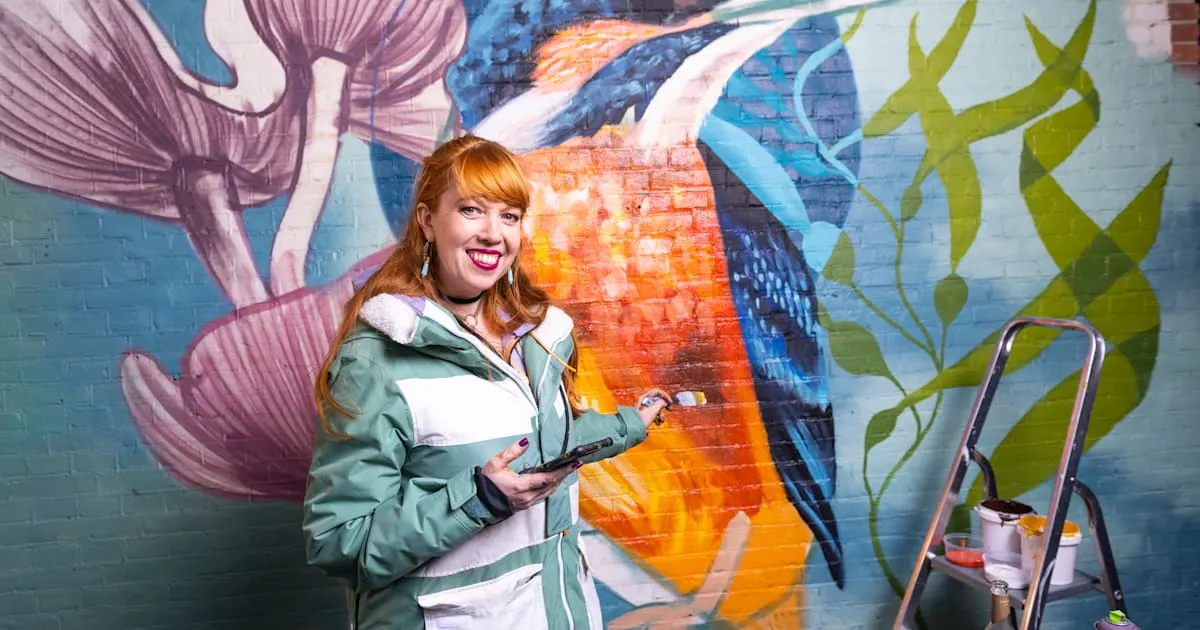
Also Read: Women Photographers Chronicling Cultural Changes
On the other side of the ocean in the Netherlands, Nina Valkhoff brings another type of transformation: the return of nature to the concrete jungle. This amateur female mural artist blends real animals with surreal adaptations, such as foxes prowling Rotterdam’s side streets or a child imagining fish in Belgium’s Gent. Her 2024 work “Stadsnatuur” in Rotterdam highlights urban foxes—stealthy assistants that regulate rats—encouraging people to appreciate wildlife under their noses.
Valkhoff’s hues blast like fireworks, mixing dreamy sworls with bold details from pictures of actual critters. In Ireland’s Drogheda, she recast an ancient legend of a woman transforming into a glowing fly, then swans, on a festival wall. These murals don’t just adorn; they remind harried city visitors to slow down, take a breath, and tend the wild pieces remaining in our sprawl. By 2025, her international track record—from Europe to Asia—is inspiring eco-fests, demonstrating how women artists are transforming cities with murals.
Cristina Martinez: Celebrating Identity
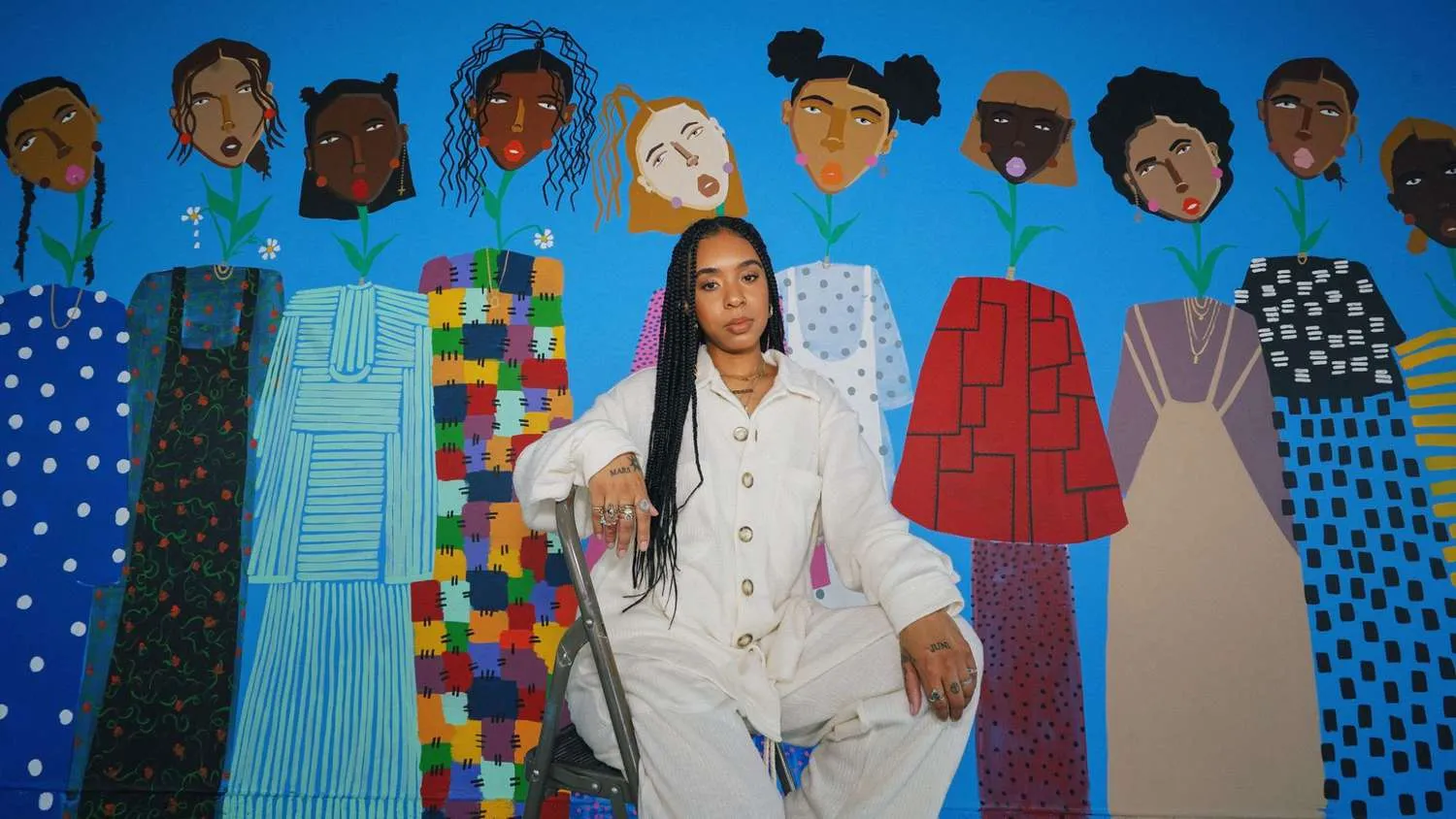
Then there is Cristina Martinez, a Black-Mexican force from Seattle who’s all about blooming where you’re planted. Her murals pay tribute to women of color as fierce flowers—heads heavy with petals of strength, roots deep in heritage. In 2020, she revealed “The Roots,” a colossal 52-foot work within New York’s World Trade Center, honoring Black and Brown bodies in rich pinks and golds. Inspired by her own existence as a mom and ex-fashion sketcher, Martinez illustrates self-love into every brushstroke: women collapsing under stress but dripping water back into themselves. Her art appears in galleries and on streets, as in a 2023 collaboration with Vaseline on skin-positive commercials. By 2025, with more than 100,000 Instagram followers, she’s coaching younger artists, making urban locations reflections for minority faces, profiling women street artists in urban spaces. Martinez states it straight: her work battles for peace and freedom, a colorful layer at a time.
Ledania: A Global Graffiti Icon
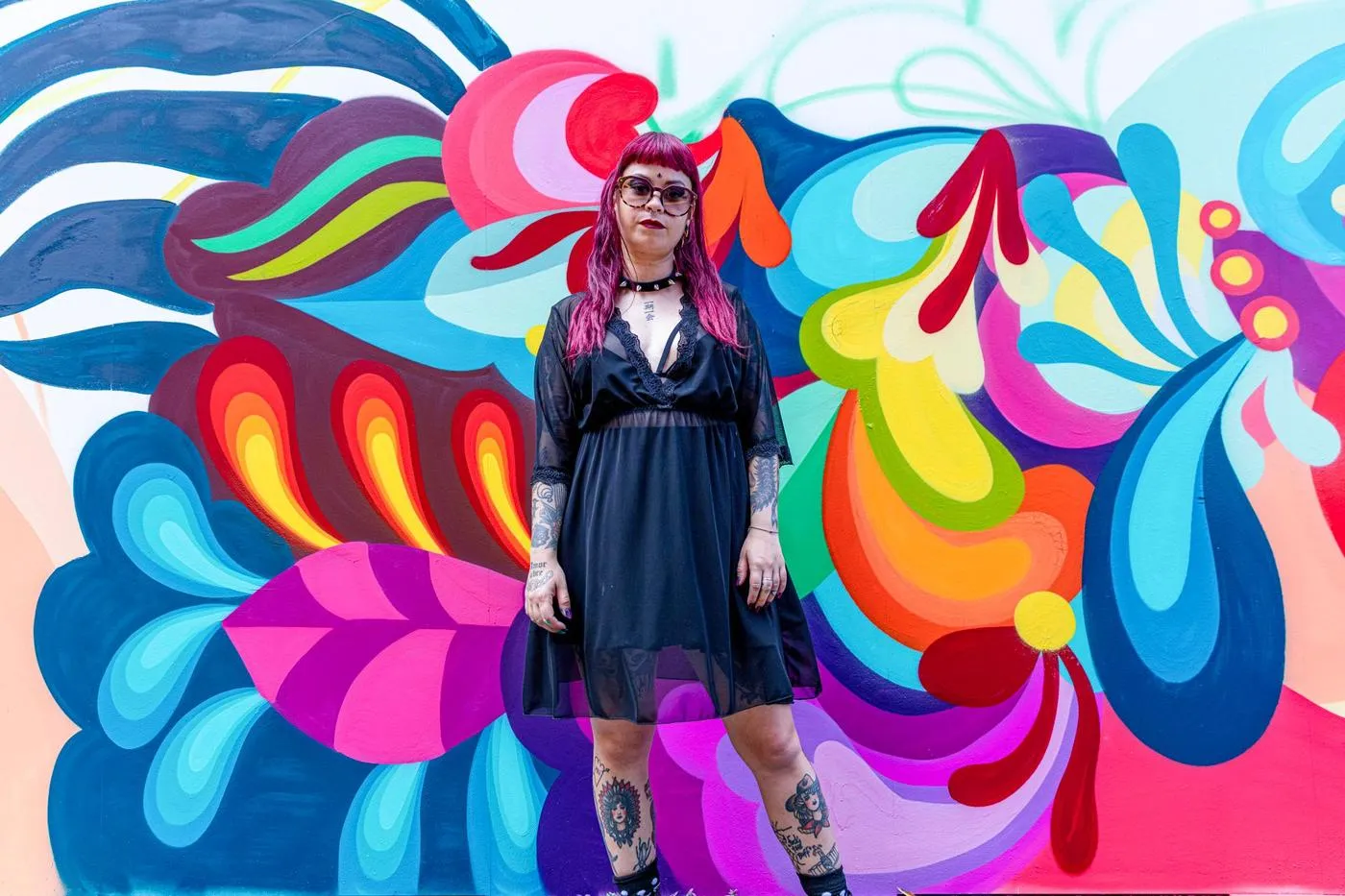
No discussion of change-makers omits Ledania, or Diana Ordóñez, Colombia’s neo-mural queen. From Bogotá’s street-graffiti origins, this 1987-born muralist overflows walls with enchanted realms—fantastical creatures in rainbow jungles, merging cubism’s sharp angles with surrealist fantasies. Her name combines Greek mythology’s Leda with her own, a celebration of courageous femininity. In Beaumont Festival 2025, she dazzled with flower-inspired birds representing creative liberation, splashed across store fronts. Ledania’s murals cover 22 nations, from Sweden’s Artscape to Wynwood in Miami, where her 2022 exhibition “Private Spaces” brought urban style inside. She talks to locals for inspiration, incorporating Colombian mountains and legends into work that thunders with energy. These walls don’t remain stationary; they urge you to imagine big, converting dirty back alleys into gates of color and enchantment, living up to female muralists renewing cities. As a top Latin graffiti voice, Ledania proves women can lead the spray-can revolution.
Whitney Hayden: Spreading Joy in Small Towns
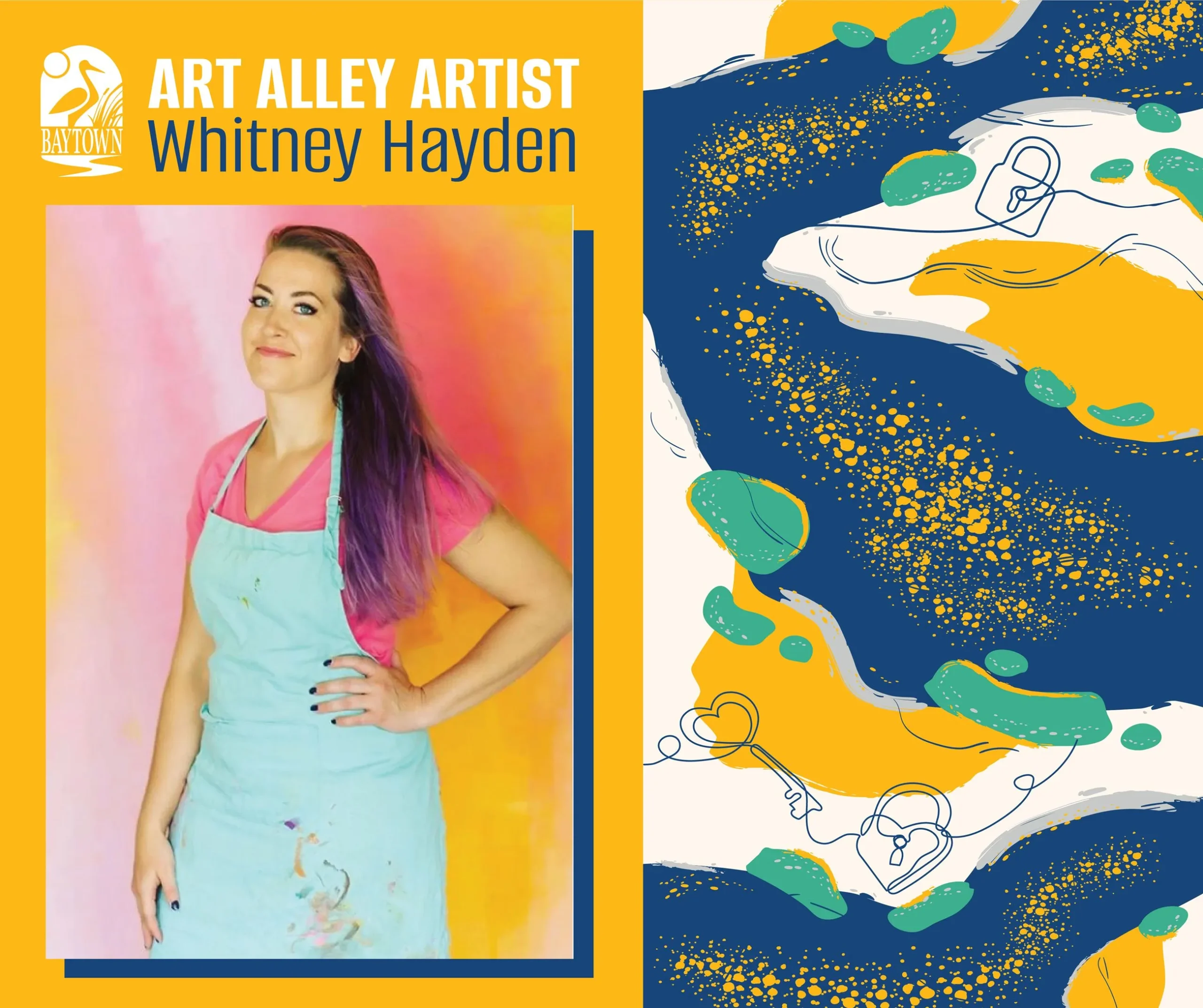
Also Read: Women In Culinary Arts As A Form Of Cultural Expression
Closer to home in the U.S., Whitney Hayden spreads joy with her “color melt” magic. This Houston female muralist, self-taught since 2011, starts with spray-gunned rainbows, then brushes in playful scenes—like Texas wildflowers or welcome signs. She finished in 2023 a 420-square-foot “Welcome to Great Bend” in Kansas, a selfie destination abuzz with 17,000 daily passersby. Hayden’s bright colors illuminate children’s bedrooms, store logos, and urban alleys, from Baytown’s Art Alley to La Porte’s neon florals. She’s about community spirit: partnering on Instagram-viral walls that put people in a good mood and in front of their cameras. By 2025, with storefronts and prints, Hayden made her hobby a business that brings light to homes and hearts and proves small towns are just as bright as big cities, again highlighting the influence of female muralists on cityscapes.
Impact of Female Muralists on Urban Environments
These female street artists in urban settings don’t only paint—They redefine lives. Their graffiti reduces crime by bringing eyes to overlooked places, increases tourism, and initiates conversations about difficult subjects like racism or climate loss. Research indicates public art such as this lifts spirits and unites neighbors, with women-led initiatives tending to emphasize inclusion.
Challenges Faced by Female Muralists
Still, issues remain: weather degrades colors quickly, permits cause delays, and certain areas remain male territory. Nevertheless, grants and fests in 2025—such as Fort Collins’ collaboration with Sofi Rami on unity walls—promote optimism.
Conclusion: The Lasting Legacy of Female Muralists
As cities expand, female muralists illuminate the way. They remind us walls are canvases of the stories of tomorrow. Stroll along a street today, catch a flash of color, and recall: a woman’s hand made it blossom. Their legacy? Cities that pulse with power, stroke by stroke, one fearless line at a time, led by female muralists rewriting urban landscapes.


